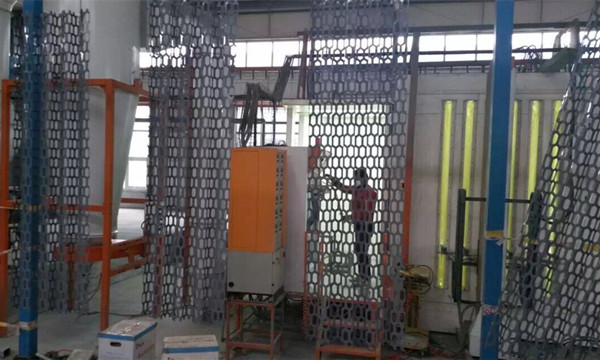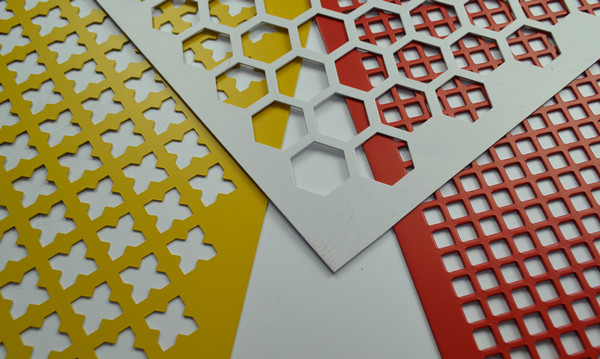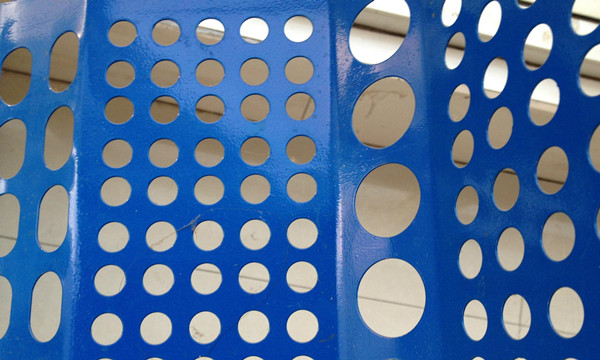3. Optimize Design and Manufacturing Processes
3.1 Rational Structural Design
When designing perforated iron sheets, it's important to avoid stress concentration areas. Adding support structures or optimizing the hole layout helps distribute stress and reduce the risk of fatigue damage.
3.2 Precision Punching Technology
The accuracy of the punching process directly affects the strength and appearance of the product. Using advanced CNC punching equipment ensures uniform holes, improving overall quality.
3.3 Non-Destructive Testing Methods
After production, using non-destructive testing methods such as ultrasonic or magnetic particle testing can identify small defects like cracks or pores, helping prevent early failure due to quality issues.
4. Proper Installation and Maintenance
4.1 Standardized Installation Procedures
Surface Preparation: Ensure the base surface is flat and dry, and apply proper moisture protection before installation.
Fixing Method: Depending on the application scenario, choose the appropriate fixing method, such as welding or bolt connections, to prevent loosening or deformation.
4.2 Regular Inspection and Maintenance
Surface Cleaning: Regularly clean the surface of the perforated iron sheet with a soft brush or high-pressure water to remove dust, grease, and other residues.
Corrosion Checks: Especially for products exposed to humid or corrosive environments, inspect the coating for damage and repair any defects promptly.
Lubricate Moving Parts: If the perforated iron sheet is connected to moving components like gate systems, lubricate those parts regularly to reduce wear.
4.3 Avoid Extreme Environments
Avoid prolonged exposure to high temperature, high humidity, or strongly acidic/alkaline environments. For outdoor use, choose weather-resistant materials such as stainless steel or aluminum alloy.


